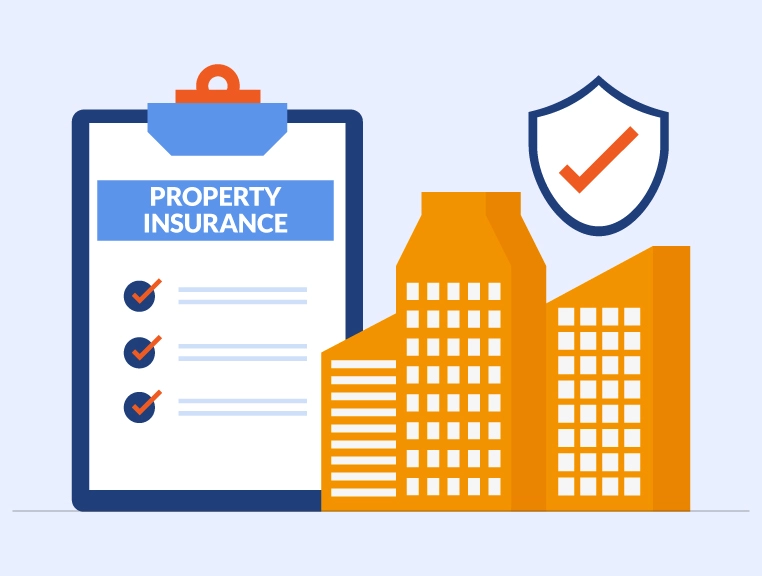There are two types of losses payable by a construction all-risk (CAR) policy:
- Material Damage
- Third-Party Liability
These conditions are derived from the principle of indemnity and ensure that the insured does not profit from the insurance claims.
Conditions Applicable to Material Damage Claims
- Repairable damages should be repaired unless the cost of repair exceeds the cost of replacement
- The loss payable will be proportioned based on:
- The actual value of the property immediately before the loss less salvage (cost of recovered parts)
- The part of loss payable by the insured
- The cost of alterations and improvements is not paid by the insurer
- The insurer may bear the cost of provisional repairs if:
- These repairs are part of the final repairs &
- Do not increase the total repair cost
Conditions Applicable to Third-Party Liability Claims
- Employer or employee cannot be a party to the damages claim
- Legal liability for the damage to property belonging to a third party:
- Held in trust, or
- Adjacent to the own premise
- Legal liability for fatal or non-fatal injury to a third party (customer/vendor/visitor/general public)
- Cost of litigation recovered by the claimant
- Cost of defense in the court of law as consented by the insurer
All the claims are limited to the sum insured under the policy. Also, it covers a fire insurance policy that offers coverage against loss or damage that happens due to fire.
Case: 1
Founded in 2009, L.S Engineering has become a global name in a short span of time. A few months back, the company bought a milling machine. As the company had a construction all-risk insurance policy, Mr. Rahul Saran decided to alter and improve the machine with new technology and ask the insurance company to settle the claim.
Rahul asked his team to go ahead with the altercation with the milling machine. The total cost came to be Rs 1 lakh. When Rahul approached the construction all-risk insurance company,
the insurer refused to, settle the claim. So, as the expenses were incurred on the alterations and improvements of the machine, these were not covered by the insurer. There was an important clause in the construction all-risk insurance policy which clearly states that the cost incurred on the alteration and modification of the vehicle will not be covered.
In this case, L.S Engineering incurred expenses on the modification of the machine, and therefore, they were not covered by the insurer.
See: What does the 72-hour clause signify in the construction all-risk policy?
Case: 2
Over the last few years, R.J Engineering has successfully established itself in the engineering sector. So far, the company has completed various construction. Last year, the company bought a construction all-risk insurance policy to get coverage against loss or damage that may arise from theft, damage, pilferage, and more.
Last month when the company was constructing a four-story building in Pune, an earthquake happened, and the under-construction building fell on the vehicles standing by. It caused severe damage to vehicles, who later approached R.J Engineering for compensation.
Read More: What is Construction All Risk Insurance?
As L.J Engineering had a construction all-risk insurance policy, the company approached the insurer for settling the third-party claim. As per Section 2 of the policy, the insurance policy is liable to settle the third-party liability claim falling on the insured contractor due to bodily injury or property damage caused to a third party.
In this case, the insurer scrutinized the situation and agreed to settle the claim. Though, during an earthquake, loss or damage happened to the building of L.J Engineering as well, however, the insurer settled the third-party claim only under Section 2 of the policy.
About The Author
Shivani
MBA Insurance and Risk
She has a passion for property insurance and a wealth of experience in the field, Shivani has been a valuable contributor to SecureNow for the past six years. As a seasoned writer, they specialize in crafting insightful articles and engaging blogs that educate and inform readers about the intricacies of property insurance. She brings a unique blend of expertise and practical knowledge to their writing, drawing from her extensive background in the insurance industry. Having worked in various capacities within the sector, she deeply understands the challenges and opportunities facing property owners and insurers alike.




